Welcome to Matrix Education
To ensure we are showing you the most relevant content, please select your location below.
Select a year to see courses
Learn online or on-campus during the term or school holidays
Learn online or on-campus during the term or school holidays
Learn online or on-campus during the term or school holidays
Learn online or on-campus during the term or school holidays
Learn online or on-campus during the term or school holidays
Learn online or on-campus during the term or school holidays
Learn online or on-campus during the term or school holidays
Get HSC Trial exam ready in just a week
Get HSC exam ready in just a week
Select a year to see available courses
Science guides to help you get ahead
Science guides to help you get ahead

Guide Chapters
Do you know how to research context for the HSC and Year 11? Researching texts can be overwhelming. There are many sources out there, so it can be difficult figuring out where to start. How do you know which sources to trust, and which ones not to? Where should you start with research?
In this part of our Beginner’s Guide to Acing HSC English, we’ll explain the process for researching your English texts the right way.
Researching is an essential part of some of the English Modules in Years 11 and 12.
Regrettably, so many students either don’t do the research or struggle with researching their text.
You, like others, might not know where to start. The internet is an amazing resource, but finding useful information can be like looking for a needle in a haystack.
What’s worse, sometimes you might find a resource that looks great, only to be told by a teacher that it’s wrong. This can be disheartening. That’s why we wrote this guide, to help you research your texts with an easy to follow method.
Research is only really effective if you are organised and have set the time aside to do it properly. Researching isn’t something that takes five minutes. To do it properly you should set aside the appropriate amount of time:
When you research things, you need to be systematic and take notes throughout. Get a notebook, and use that to record your research. Written notes are useful because it is quick and easy to note down article titles, URLs, and other leads.
You can always transcribe these to something like Evernote, OneNote, or Notes later. It is always a good idea, too, to have a hard copy of research notes in case the unthinkable happens and you lose your online notes.
Before you start your online research, you must make sure that you have read your text at least twice and made notes. There is no point in beginning to research a text unless you have developed your own interpretation of it.
Make a list of the things you need to research:
Now that you have done these things, let’s discuss the 7 step research process we teach our students at Matrix.
Once you’ve got all of your textual analysis finished and figured out what you need to research, you’re ready to start. But before we do, we need to show you the process you will follow. Let’s see what it looks like:
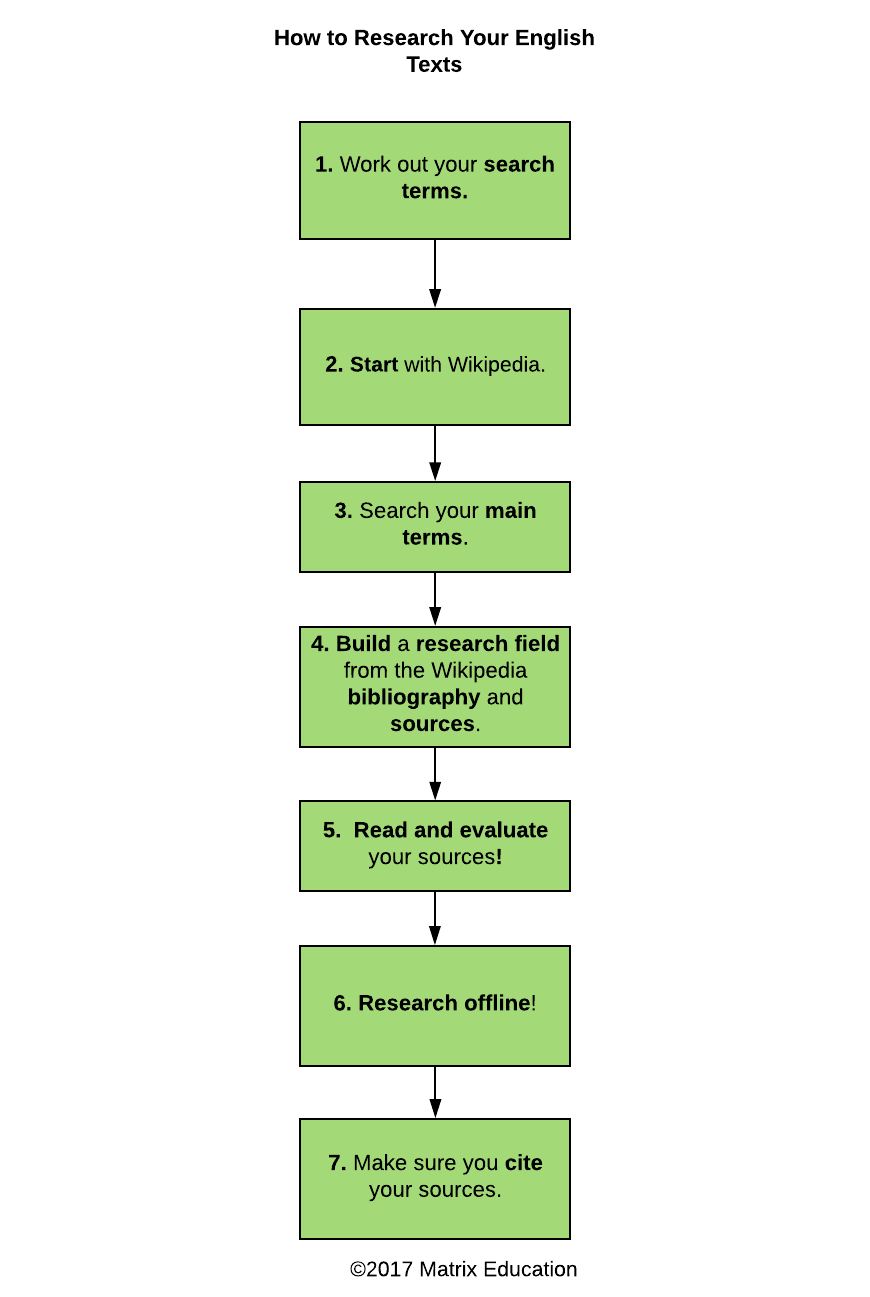
Before you can begin online research, you need to know what you’re searching for. It is important that you search for terms relevant to your research and text for study.
For example, if you are searching for information on The Crucible, you would need to search for:
You want to keep your initial research focused and branch out more as you go along. FIll in the broad background information of the text, composer, and context, before you hone in on specific things.
This process will mean you can then follow leads to the more specific pieces of the puzzle that emerge as you get a sense of the information pertinent to your study of the text.
Go to Wikipedia.
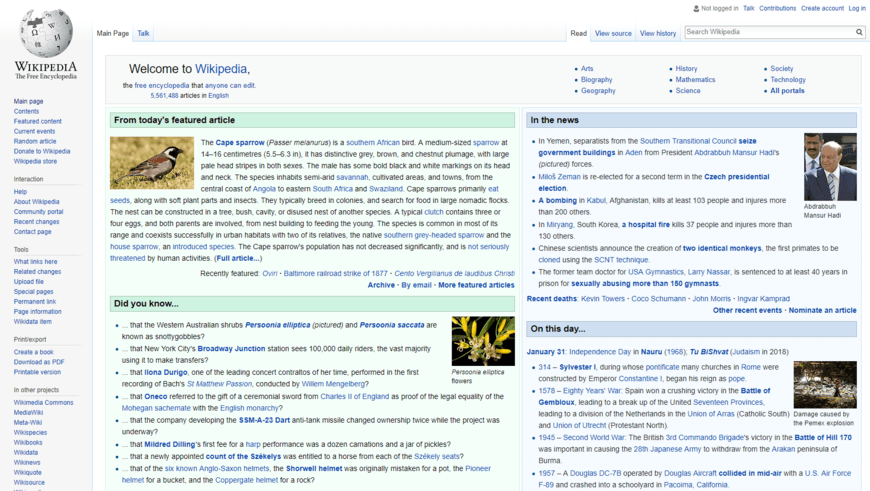
Remember, Wikipedia is not a source in itself. As Wikipedia is run by community contributors, you can’t guarantee the accuracy of the content you find there. However, it is improving as it becomes more and more of a source of information. Rather, you should use it to find a more accurate source of information.
Wikipedia is a good place to start researching, but it is not a completely reliable source.
You have a list of key terms, search Wikipedia for them. You need to read the whole article to get a holistic understanding of the issue you are researching. Make notes of the key figures, events, and dates from each of the pages that you read. This will be the basis for your research notes on the text.

Wikipedia is the beginning of your research, not the end. After you’ve read the article to get a feel for things, you need to drill down into each relevant Wikipedia page for the sources its writers have used.
Every Wikipedia article has a list of footnotes, sources, and recommended reading. This is part of the academic system of citation. Research needs to be methodical, thorough, and repeatable. This is why there is an extensive series of links and references at the end of each article.
You should methodically check the footnotes. Footnotes are the superscript numbers at the end of a sentence that are cited at the bottom of the Wikipedia page (see the two images below). Every point should be referenced with a link to an article, or a citation of a hardcopy text. If the point made is of interest to you, check the footnote and check the reference.
This is a typical Wikipedia page:
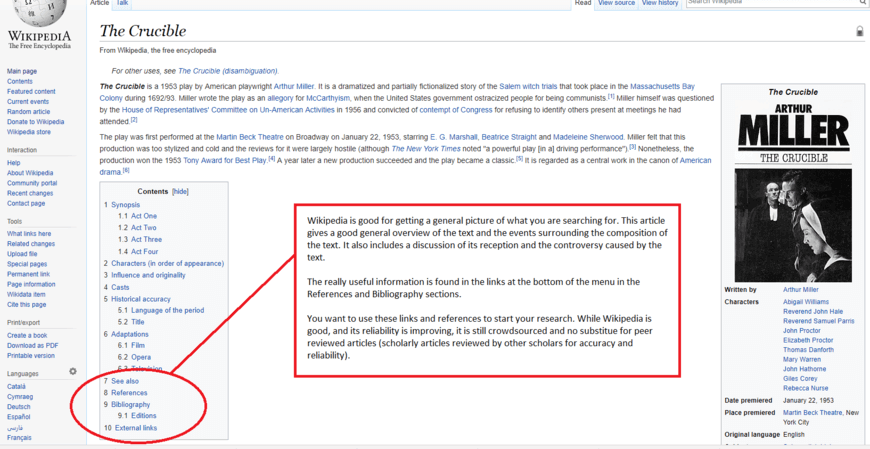
Every Wikipedia page has a list of sources. This selection of sources is divided up as footnotes, sources, and a bibliography.
Always read the bibliography!
There is often a list of external links relevant to the article, too.
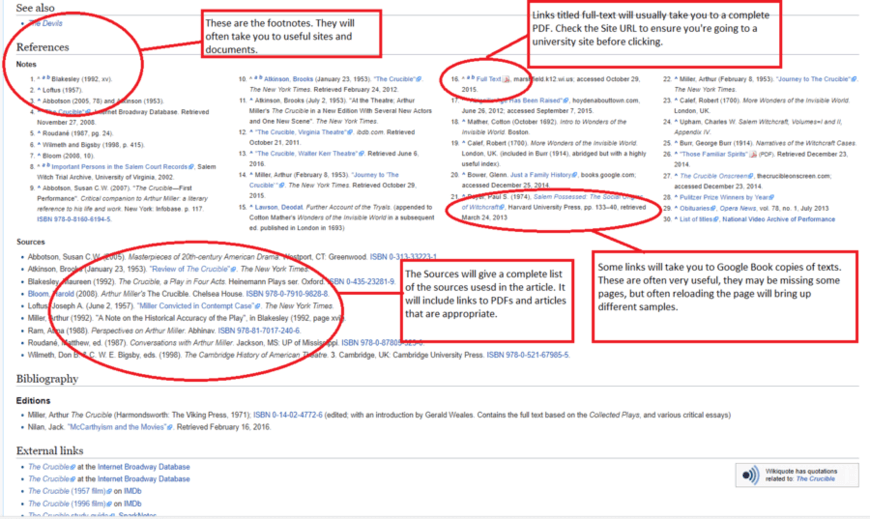
A bibliography is the list of texts and other sources cited by the composer of the article. They list their sources so that other scholars can see where they developed their ideas from. This concept is embodied in Sir Isaac Newton’s assertion that he was merely “standing on the shoulders of giants”.
Make note of these and follow the links to the articles that seem relevant. Whenever you research a subject, make sure that you keep detailed notes.
Don’t just copy down the quotations. Document your research!
Make sure that you record: author name, book title/ article title/ URL, date of publication, publisher, place of publication, editor and translator where necessary, and the page number. This is so you can find the exact edition of the text again.
You should also make a bibliography of your research in case a teacher asks where you found the quotation or where you came across interesting ideas.
When considering sources, you should try to use academic resources. A personal blog is not going to be authoritative in the same way as an academic site such as JSTOR or SAGE. You should exercise caution in using information found in non-peer-reviewed sources.
In addition, remember that you can’t read everything. Academic articles come with summaries called abstracts. Read the abstracts carefully before you invest time in reading an article. You don’t want to waste time on an article that is not relevant to your research.
Below are some screenshots of JSTOR and Google Scholar to help you navigate the online research process.
This is the JSTOR search page:
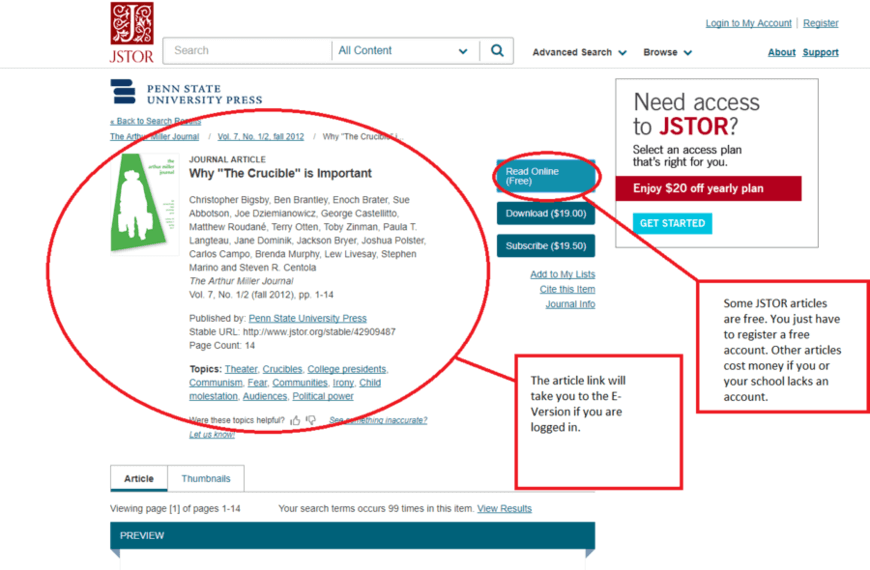
Each JSTOR page has a category checklist for searches:
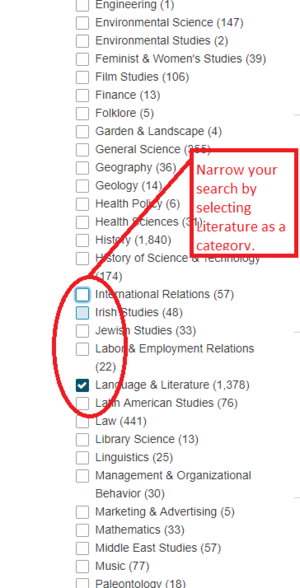
Google Scholar appears much like a standard Google Page: it has a search window, but also has checkboxes to narrow the search type:
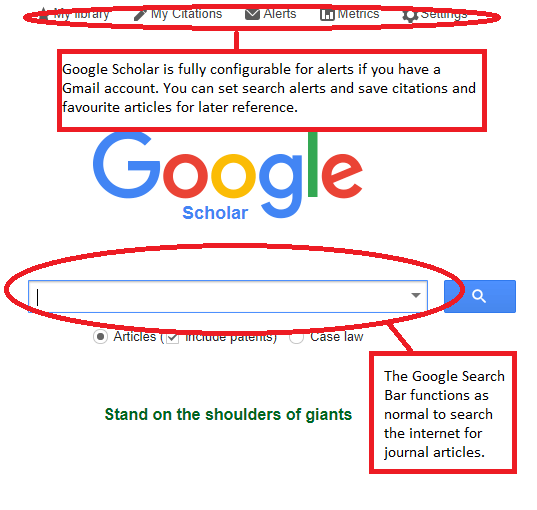
The Search Results page is different to a regular search results page. This will include a list of hardcopy and softcopy results. There is a menu bar on the left that will allow you to filter results by date, type or relevance. You can also create alerts for search terms so you are contacted when new sources appear.
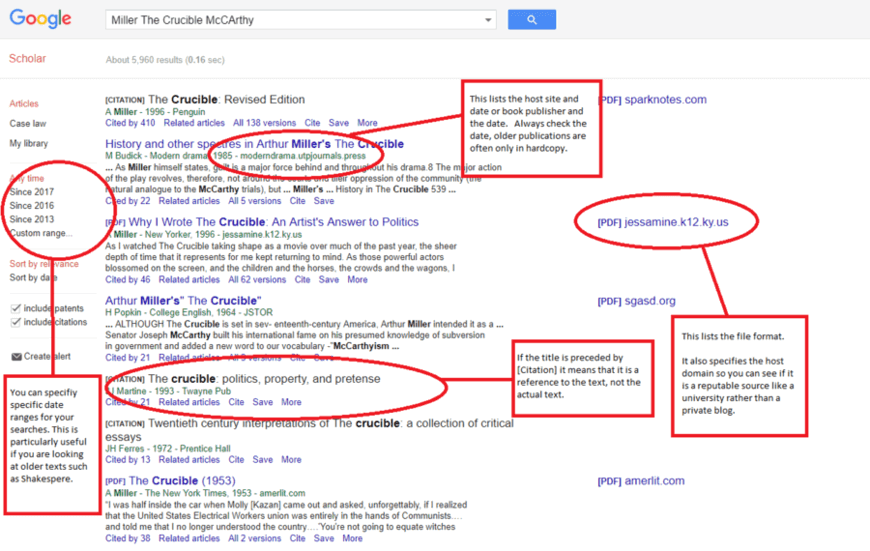
Not all research can be done online, though. So, you will need to research somethings offline, at libraries.
Sometimes your research will lead you offline.

You may need to go to the library. Sometimes you might need to find a hard-copy resource to learn more about context. It always pays to have a membership to the State Library of New South Wales, they have excellent e-Resources.
Membership to The State Library of NSW is free and you can sign-up here. Your local library will be a good resource, too. When trying to find sources in a library, ask the librarians to show you how to search the collection efficiently. Obviously, make sure you are kind and courteous!
Always cite the source of your ideas and quotations. If you stumble on a great interpretation of a text or an important idea about a time period you must disclose the origin of this.
Not citing your sources is plagiarism – taking credit for the work of others.
This is academic dishonesty and there are severe penalties for plagiarism for high school and the HSC. If you have questions about plagiarism you can read more about it and the penalties involved on the NESA website.
If you’re concerned that you may have plagiarised something but aren’t sure, you can always check. For example, SmallSEOtools has a free plagiarism detector. Because it lacks access to as many journals it’s not as accurate as something like Turnitin (which many teachers and schools use) or Grammarly (which requires a paid subscription). However, using it will give you an idea of how easy it is to spot plagiarism now and also show you what you need to cite if you don’t already know.
Researching critical perspectives may require a different approach. Wikipedia doesn’t often include detailed critical perspectives on texts.
Some articles might cite critical perspectives. In these cases, you should follow the links to the footnotes and see what the source is.
You might need to search specifically for ideas in online repositories and journals. Sites like Google Scholar, JSTOR, Thompson Reuters, SAGE, etc. link to academic articles that contain critical perspectives on composers and texts.
Google Scholar is free, but you might not be able to access the articles without a subscription. Similarly, sites like SAGE and JSTOR require subscriptions. Some schools have subscriptions, you should ask your school librarian if your does. If yours doesn’t, then you should take a visit to the State Library (or the University of Sydney Library) and search their e-Resources.
Research is an important process. Learning how to do it effectively during Year 11 and high school will prepare you for the future. Research is a significant part of university study, and so it is important to have strong research skills. Students of Matrix English courses learn from teachers and tutors who have proven backgrounds in research and can advise students of effective practices and point them towards useful sources.
Now you know how to read a text, take and compile notes, and research your text, it’s time to get writing.
Learn how to write Band 6 HSC responses in English
Expert HSC teachers, detailed feedback, and comprehensive resources. Learn with Matrix+ online English courses.
© Matrix Education and www.matrix.edu.au, 2025. Unauthorised use and/or duplication of this material without express and written permission from this site’s author and/or owner is strictly prohibited. Excerpts and links may be used, provided that full and clear credit is given to Matrix Education and www.matrix.edu.au with appropriate and specific direction to the original content.